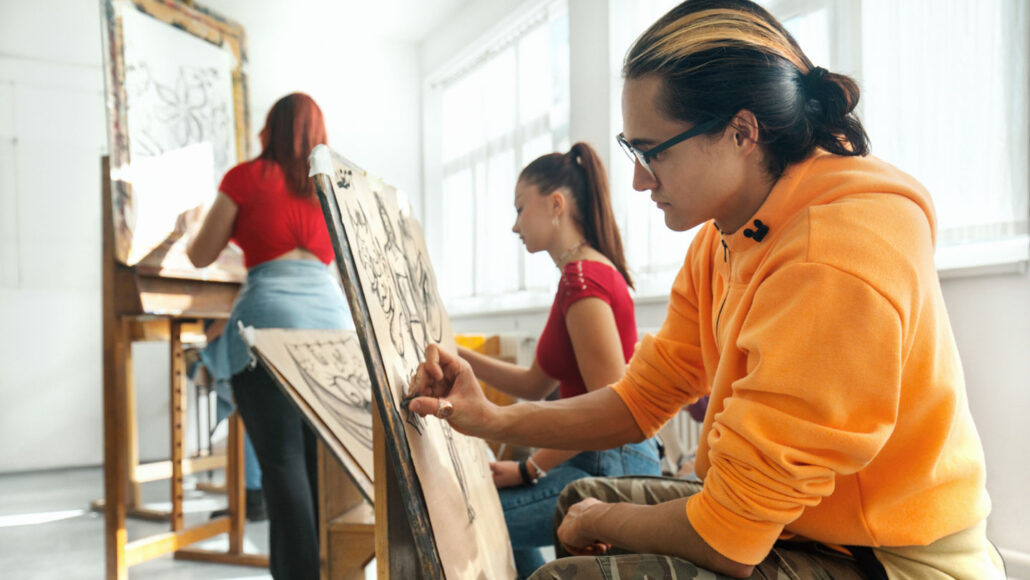attention: The phenomenon of focusing mental resources on a specific object or event.
brain scan: A technique to view structures inside the brain, typically with X-rays or a magnetic resonance imaging (or MRI) machine. With MRI technology — especially the type known as functional MRI (or fMRI) — the activity of different brain regions can be viewed during an event, such as viewing pictures, computing sums or listening to music.
brainwave: An electrical signal produced through the coordinated activity of billions of neurons in the brain of an animal. When charted, the signal typically looks wavy or spiky.
insight: The ability to gain an accurate and deep understanding of a situation just by thinking about it, instead of working out a solution through experimentation.
network: A group of interconnected people or things. (v.) The act of connecting with other people who work in a given area or do similar thing (such as artists, business leaders or medical-support groups), often by going to gatherings where such people would be expected, and then chatting them up. (n. networking)
unique: Something that is unlike anything else; the only one of its kind.

